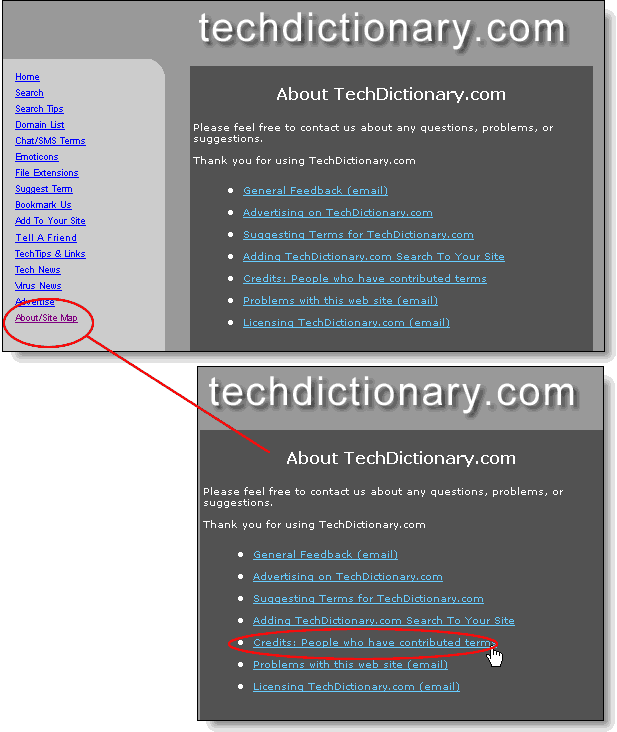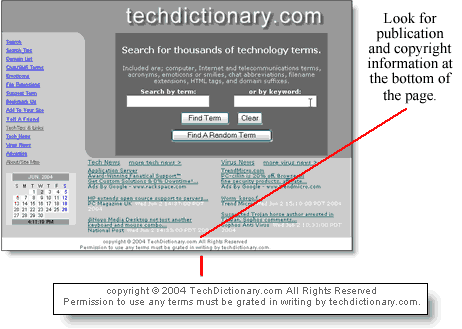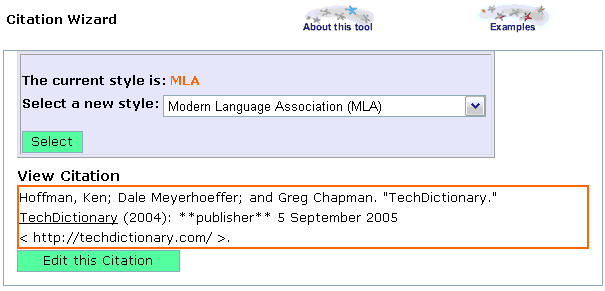Citation
Tutorial Directory
What is the procedure and format for citing web pages in reports and presentations?
Does your teacher require MLA or APA citations? Does the journal you are writing for mandate CBE style? When citing any resource for research-based work, you must use the citation style your audience demands. There are many popular citation styles.
The 21cif Citation Wizard automates basic citation formatting for electronic resources in six popular styles:
American Psychological Association APA Style
Council of Biology Editors CBE Style
Chicago Manual of Style Chicago Style
International Organization for Standardization ISO Style
Modern Language Association MLA Style
Harvard Style Manual Harvard Style
When using the Citation Wizard, just fill in the text boxes with as much of the requested information as you can find.
Digging In
It is important to look beyond the first page when developing a Web page citation. Citing Web pages accurately requires an investigator's mind set. Basic information is often hidden or even missing. Creating a citation for TechDictionary.com illustrates some common difficulties.

Site Maps and About pages
You often need to search other pages on the Web site to find the information needed for a complete citation. How were the authors foud for TechDictionary.com? There were no names on the site's home page. In this case, the link called About/Site map was the key. This led to another page that included a link called Credits: People who have contributed terms. This is where the author's names were found. "About" or Site map pages can be very helpful when seeking information on the author and publisher of a Web page.
Finding publication dates
It is usual for a copyright or publication date to appear at the bottom of a Web page. The bottom of the page you are viewing right now has copyright notice. You can also right click on the Web page and use View Page Info to determine when the page was last modified.
Most times you will have to settle for a copyright date. In the case of TechDictionary.com, it is easy to be distracted by the dates of the newsfeeds on the home page. These dates are refreshed constantly, reflecting the streaming content of the live newsfeed, rather than the publication or copyright date for the entire site. To find TechDictionary.com's copyright information, go the very bottom of the TechDictionary homepage.

Don't just accept what date you see at first glance, dig around. Be a Web archaeologist!
Creating a basic citation using the Citation Wizard
It is importantto look beyond the first page when developing a citation. Citing Web pages accurately requires digging and critical thinking. Basic information is often hidden or even missing. Creating a citation for TechDictionary.com illustrates some common difficulties.

The Process
With TechDictionary.com in one window, open the Citation Wizard in a second window and begin the process of creating a citation. Click from page to page, copying, pasting and typing, gathering as much information as possible. Still some of the fields in the form are left blank; no publisher or location is indicated on the TechDictionary.com site.
Results
Using APA citation style, the information is entered in as many boxes as possible. Click the "View" button at the bottom of the page, the Citation Wizard formats the in APA style. This is the citation:

Final Edit
Copy and paste the citation into any word processor document. Notice that the missing publisher information is highlighted by the placeholder **publisher**. Correct this by editing a final draft of the citation. Note that there are more than three authors for this Web site.

Remember, the Citation Wizard does not check for proper spelling, capitalization or dates that should be spelled out rather than numbered. You need to know these aspects of the style you are working with. The Wizard handles most of the tedious information order formatting and citation punctuation.
Why bother with a formal citation style?
Students usually use a formal citation style because someone tells them they "have to." Citation styles are taught and required as part of the academic research process. The practical reason for creating formal citations is so that important resources can be found again later. Formal citation style forces the researcher to be thorough. If all that is save about a resource is the Website address (URL), is that enough to know what the page was about? What if a key Web page is moved or taken down? How can it be found again? A formal citation inclues the author's name and the publisher. Having this contact information improves a researcher's odds of finding the new location for a missing resource. Publication date information in a citation helps determine whether the resource can be used again or 'retired' in favor of something more current. A formal citation provides credibility and saves time when sharing information with other researchers.
Authored by Lora K. Kaisler and Dennis O'Connor 2003 | Updated 2015